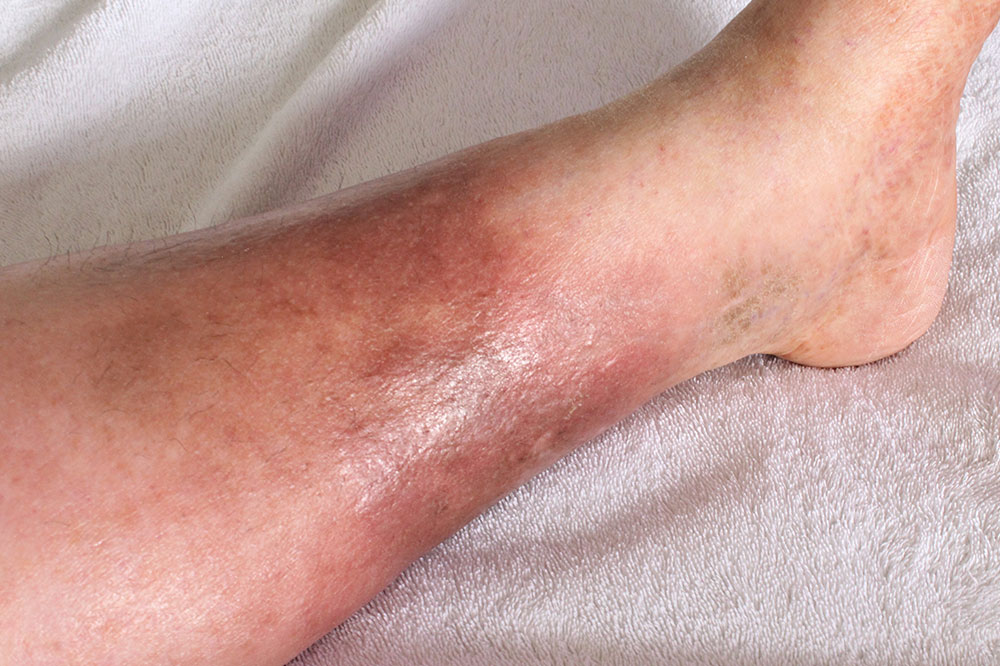
4 Treatment Options for DVT
Blood clumps form when there is a slow movement of blood through the veins. This is known as a clot. When this clot of blood forms inside a deep vein inside the body, the condition is referred to as deep vein thrombosis (DVT). This is a serious condition, and thus, medical help should not be delayed. After checking the symptoms and diagnosis, the doctor will come up with a treatment plan.
Here are some treatment options for DVT that can be suggested.
1. Medication
One of the common treatment options for DVT is medication. The medicines that the doctor can prescribe to DVT patients include blood thinners, such as warfarin, enoxaparin, heparin, and fondaparinux. These medicines prevent your blood from clotting. Besides, they help reduce the size of any existing clots and prevent the development of any new clots. In the case of severe DVT, where blood thinners do not work, the patient can be prescribed thrombolytic medications. These medicines are effective in destroying blood clots and are administered into the patient’s body intravenously.
2. Compression stockings
Another treatment option for DVT is wearing compression stockings. These stockings are prescribed to people who are at a high risk of developing DVT. Wearing these can help in preventing swelling and reduce the chances of blood clots. The stockings cover the area just above or below the knee. These can be recommended by the doctor to be worn daily.
3. Filters
In DVT patients who cannot take blood thinners, putting a filter inside the vena cava can be one treatment option. The vena cava vein is the large abdomen. This is a treatment given for the prevention of pulmonary embolism. It works by preventing the blood clots from reaching and entering the lungs. This treatment option comes with its own set of risks. In case the filters are left inside the vein for longer durations, it can become the cause of DVT. Therefore, it is recommended that the filters are used for shorter durations till it cuts the risk of pulmonary embolism, and the patient can be administered blood-thinning medications.
4. Surgery
In some cases, surgery can be recommended by the doctor to remove blood clots in the leg or the arm. Surgery is the treatment option only in cases where large blood clots are formed or in the case where blood clotting poses some serious health issues, such as damage to the tissue. While performing the surgery to remove the blood clot, also known as thrombectomy, the surgeon will make an incision in the blood vessel. Then, the clot will be located and removed. Once this is done, the vessel and the tissue will be repaired.



